1924 FORD MODEL T ROADSTER Engine No. T 10059071 Black with black upholstery Engine: four-cylinder in-line, side valves, 2.9 litres, 22bhp; Gearbox; two-speed epicyclic; Suspension: beam front axle, live rear axle, transverse half-elliptic springs all round; Brakes: mechanical drum to rear. Left hand drive. The world's first true mass-production car, Henry Ford's Model T, put the world on wheels. It first appeared in 1908, and was consistently the lowest priced genuine automobile of its time. Ford's objective was to bring together lightness, strength, endurance and economy. From the beginning, the company's statements always emphasized that the Model T, although basic and ruggedt, was built of the very best materials and as Henry Ford himself often declared, contained features that could not be bettered by any other car at any other price. Using a logical and well-planned mass-production system, it was possible to cut costs to the bone while maintaining quality. The Model T was to remain in production for nearly two decades, selling an unprecedented 15 million units. It was neither the largest nor most powerful mass production car of its time, but it was light and easy to handle. With its forgiving two-speed planetary transmission, it possessed outstanding hillclimbing qualities. The Model T was not very fast in standard trim, but on its high 3.64:1 rear axle ratio, could lope along at 40-45 mph for hour after hour on paved highways. If its mechanism changed little over the years, the bodies were gently updated as times passed, with a great variety of new types introduced to widen the Model T's appeal. There were Roadsters, Tudor and Fordor sedans, phaetons, trucks and even buses. Its unchanging nature encouraged the accessory makers, who promoted everything from luxury car style radiator shells to auxiliary transmissions. It is probable that without it there would have been no 'Hot Rod' industry. Although this Model T Roadster from the Pettit Museum collection was last run in the 1950s and would require some cosmetic attention, both to the paintwork and the driving compartment, we understand it performed well when last taken out. The Model T Roadster is a dainty and increasingly rare variant of this popular antique car. It is exceptionally unusual for such a basically sound, original car with good provenance to become available. WITHOUT RESERVE
1924 FORD MODEL T ROADSTER Engine No. T 10059071 Black with black upholstery Engine: four-cylinder in-line, side valves, 2.9 litres, 22bhp; Gearbox; two-speed epicyclic; Suspension: beam front axle, live rear axle, transverse half-elliptic springs all round; Brakes: mechanical drum to rear. Left hand drive. The world's first true mass-production car, Henry Ford's Model T, put the world on wheels. It first appeared in 1908, and was consistently the lowest priced genuine automobile of its time. Ford's objective was to bring together lightness, strength, endurance and economy. From the beginning, the company's statements always emphasized that the Model T, although basic and ruggedt, was built of the very best materials and as Henry Ford himself often declared, contained features that could not be bettered by any other car at any other price. Using a logical and well-planned mass-production system, it was possible to cut costs to the bone while maintaining quality. The Model T was to remain in production for nearly two decades, selling an unprecedented 15 million units. It was neither the largest nor most powerful mass production car of its time, but it was light and easy to handle. With its forgiving two-speed planetary transmission, it possessed outstanding hillclimbing qualities. The Model T was not very fast in standard trim, but on its high 3.64:1 rear axle ratio, could lope along at 40-45 mph for hour after hour on paved highways. If its mechanism changed little over the years, the bodies were gently updated as times passed, with a great variety of new types introduced to widen the Model T's appeal. There were Roadsters, Tudor and Fordor sedans, phaetons, trucks and even buses. Its unchanging nature encouraged the accessory makers, who promoted everything from luxury car style radiator shells to auxiliary transmissions. It is probable that without it there would have been no 'Hot Rod' industry. Although this Model T Roadster from the Pettit Museum collection was last run in the 1950s and would require some cosmetic attention, both to the paintwork and the driving compartment, we understand it performed well when last taken out. The Model T Roadster is a dainty and increasingly rare variant of this popular antique car. It is exceptionally unusual for such a basically sound, original car with good provenance to become available. WITHOUT RESERVE
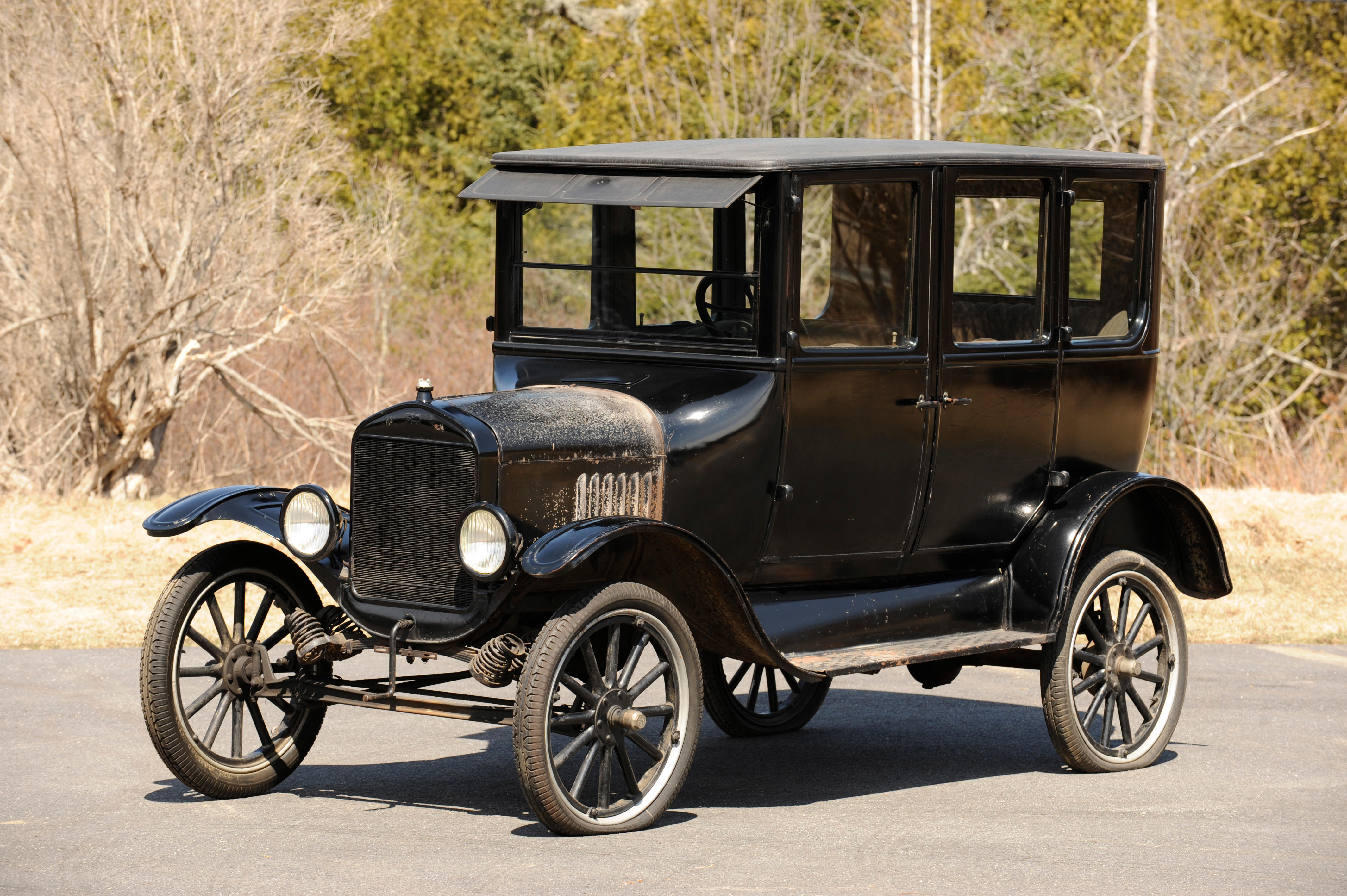



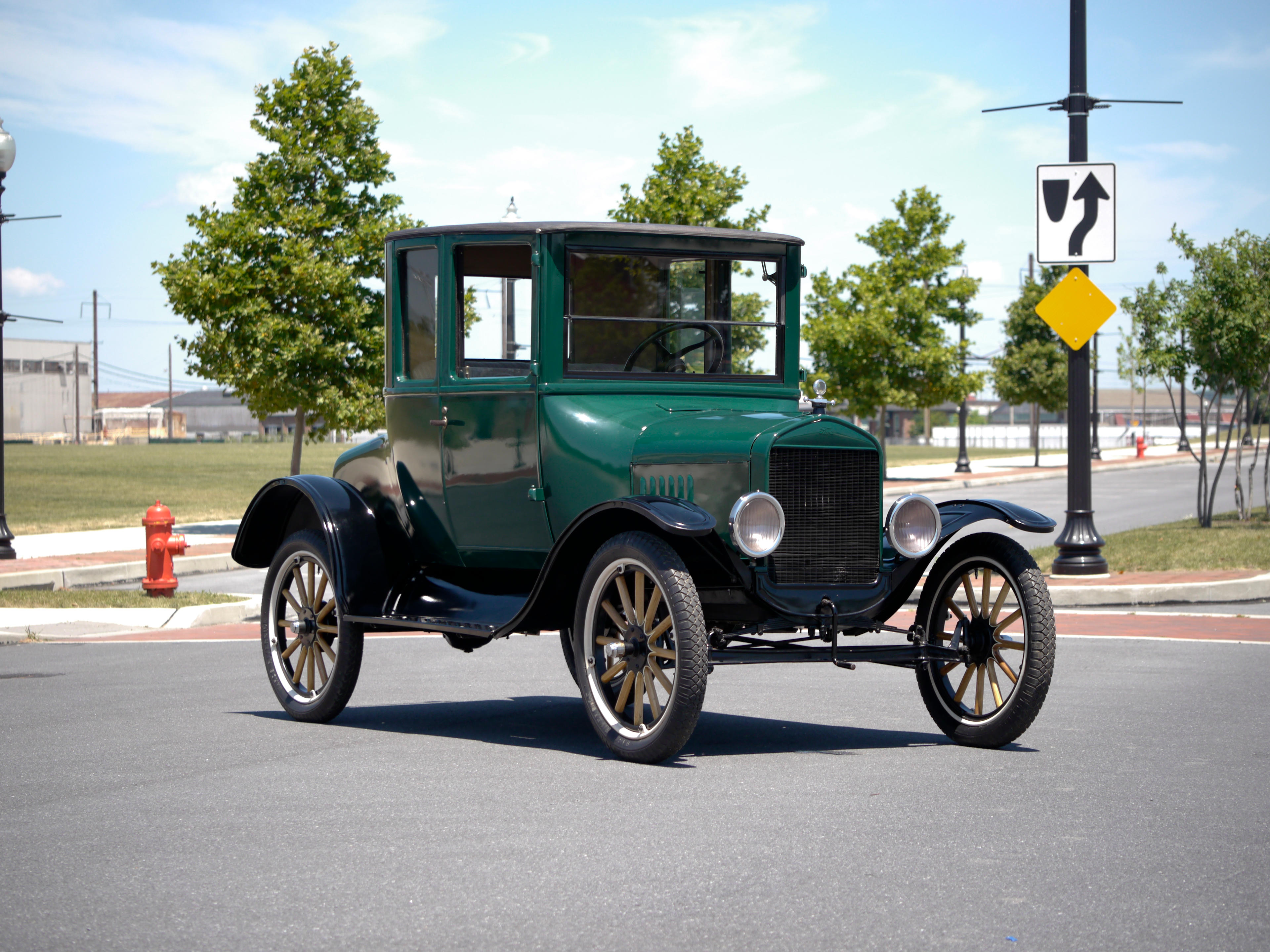

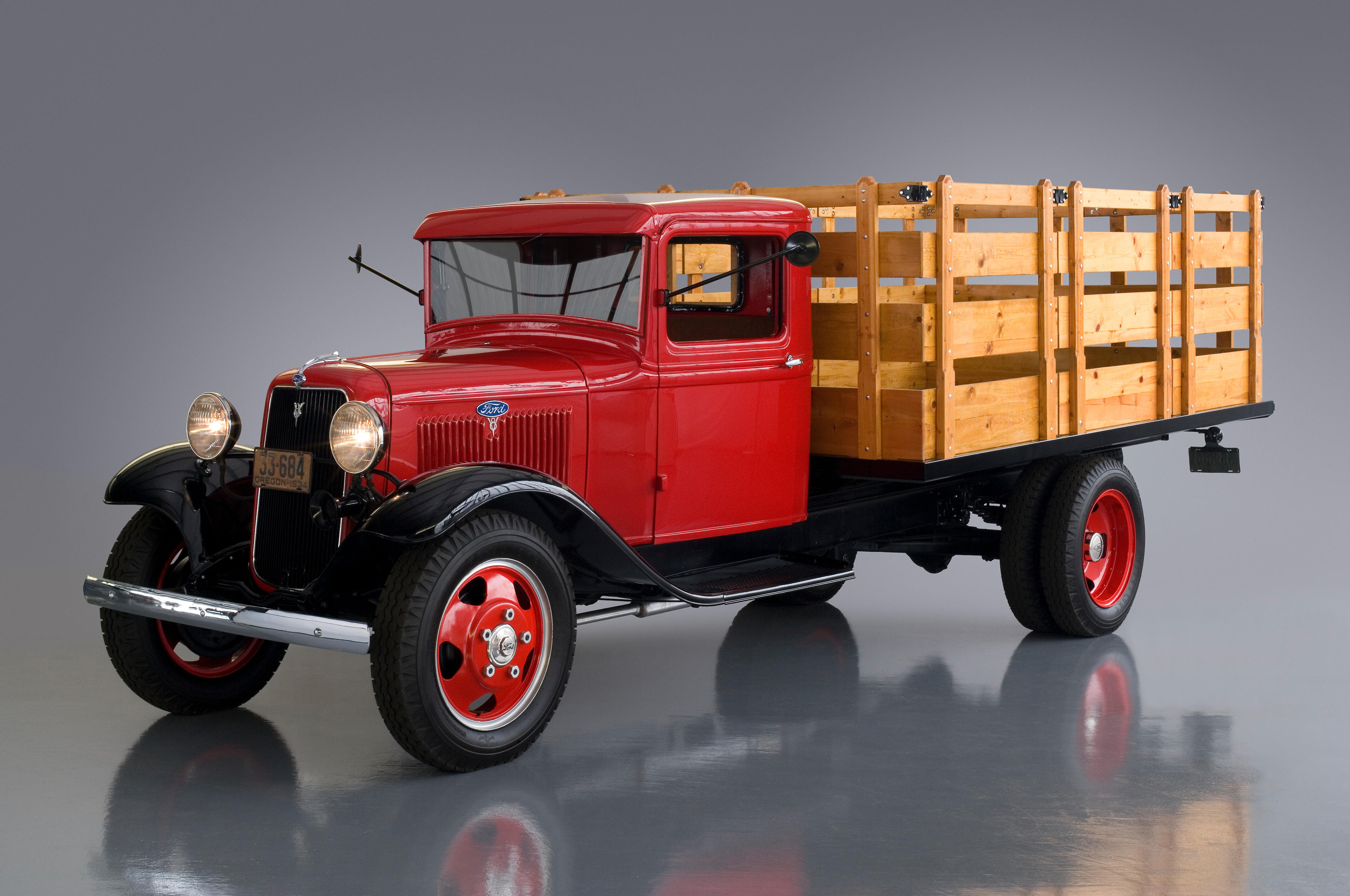
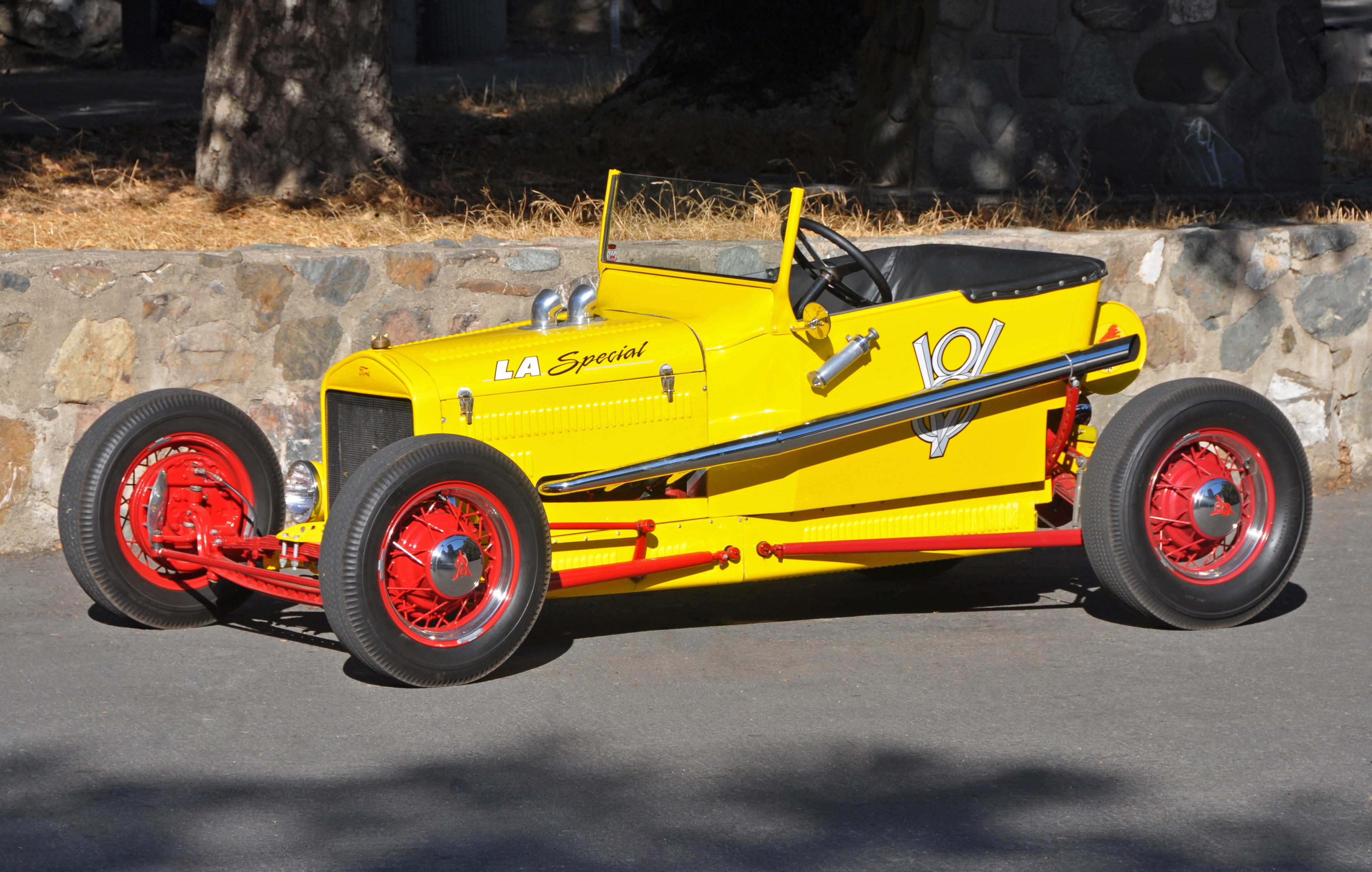

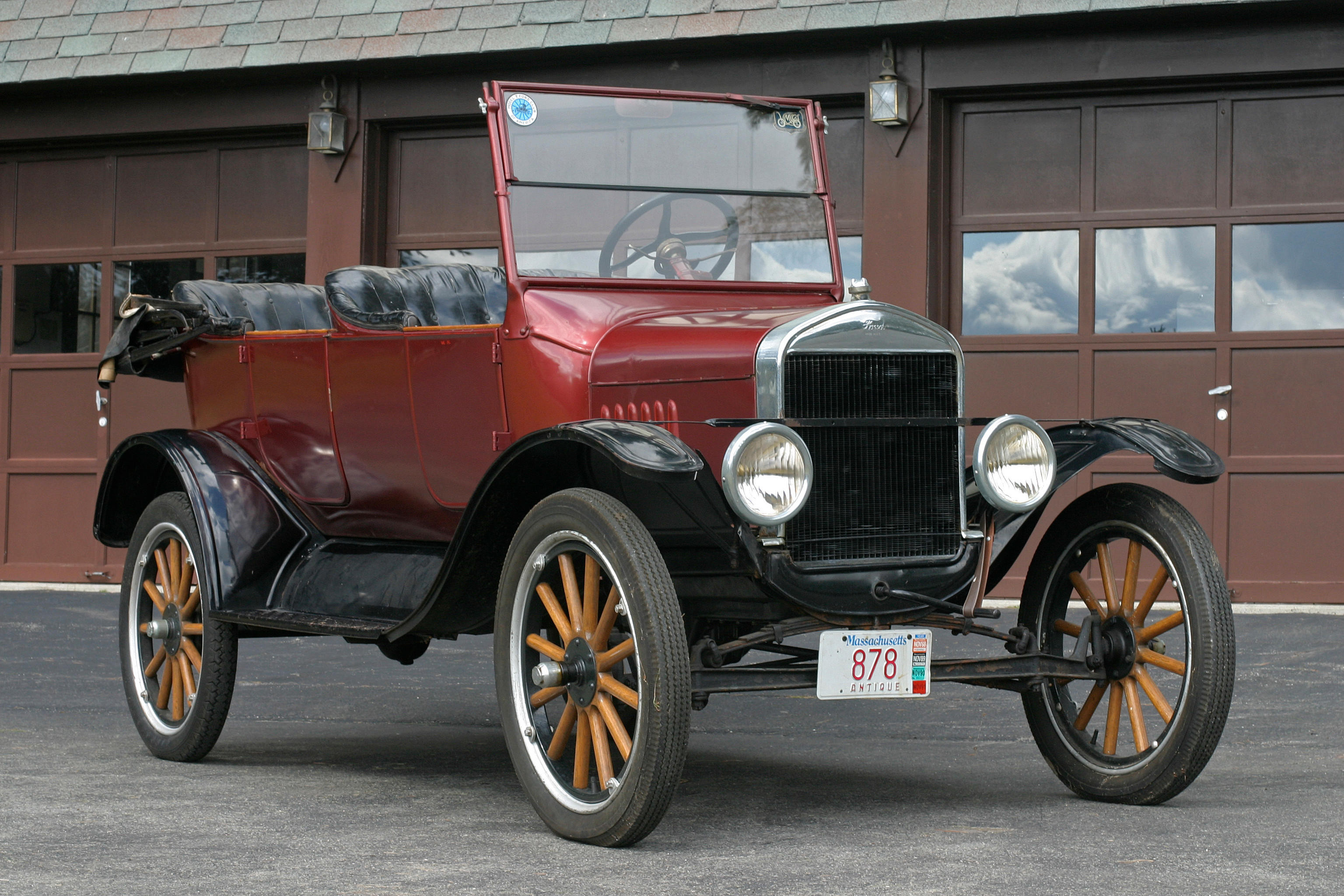



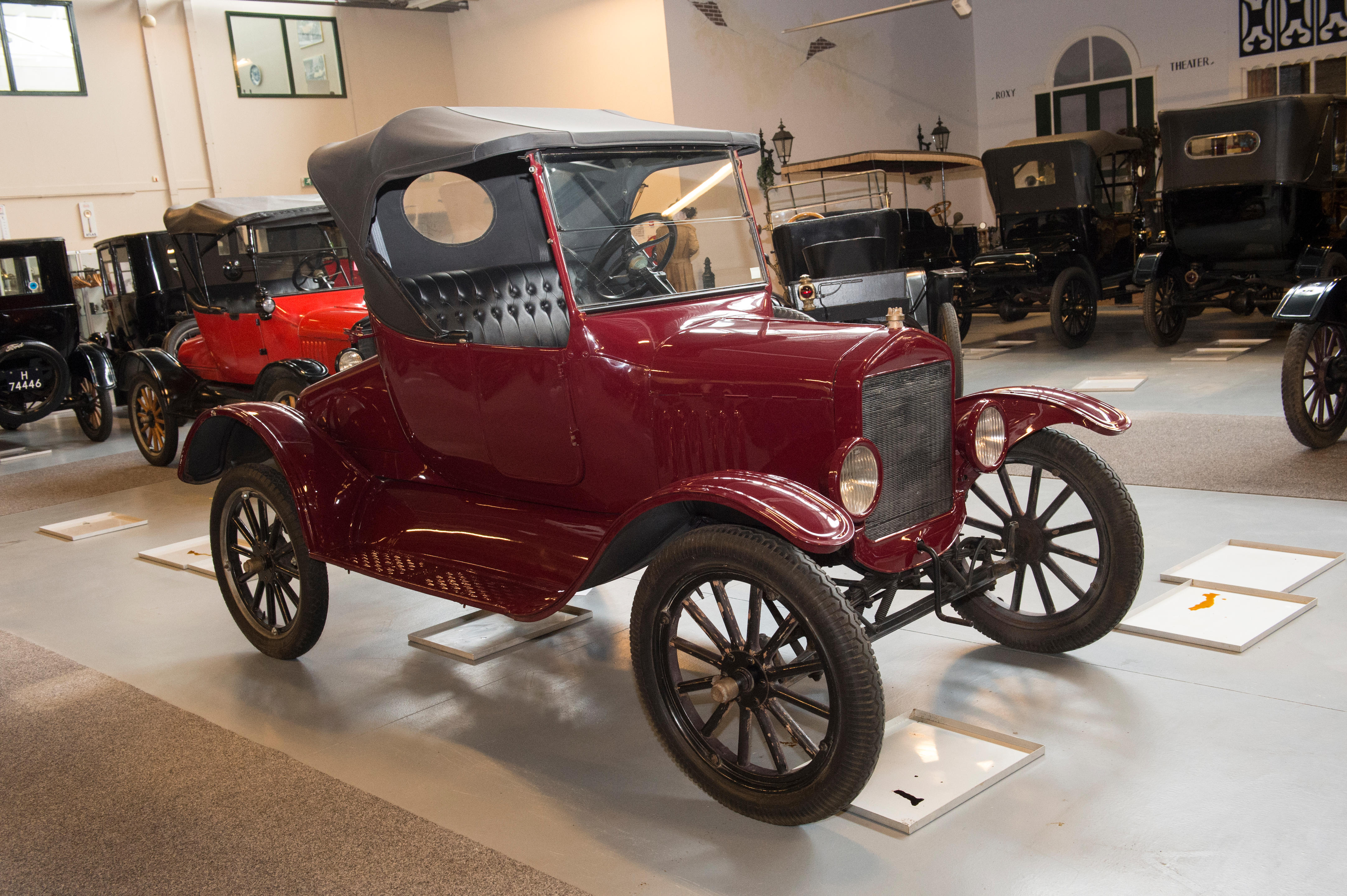

Testen Sie LotSearch und seine Premium-Features 7 Tage - ohne Kosten!
Lassen Sie sich automatisch über neue Objekte in kommenden Auktionen benachrichtigen.
Suchauftrag anlegen